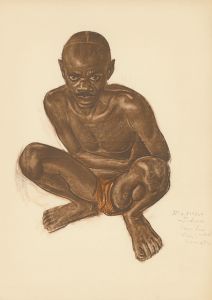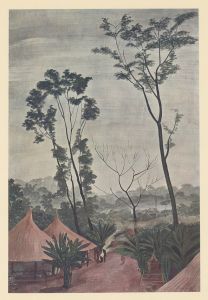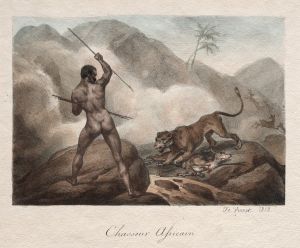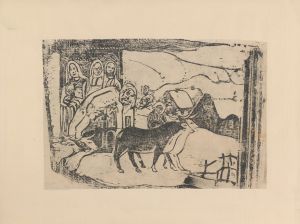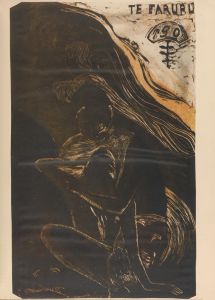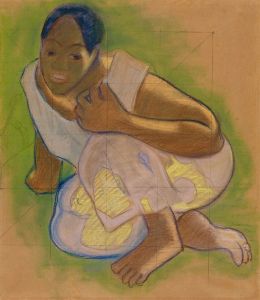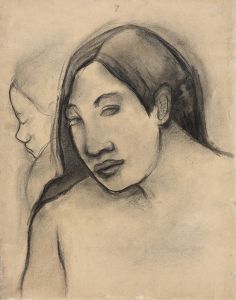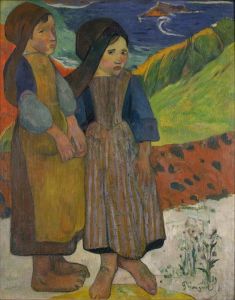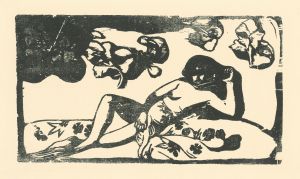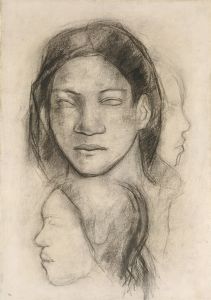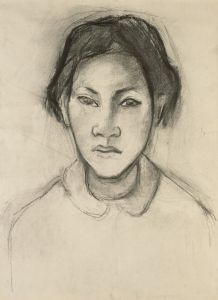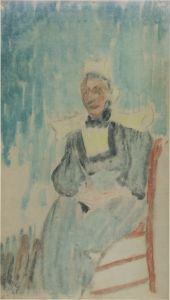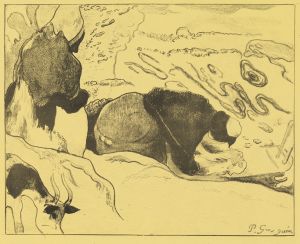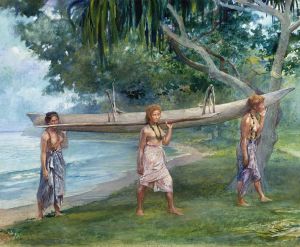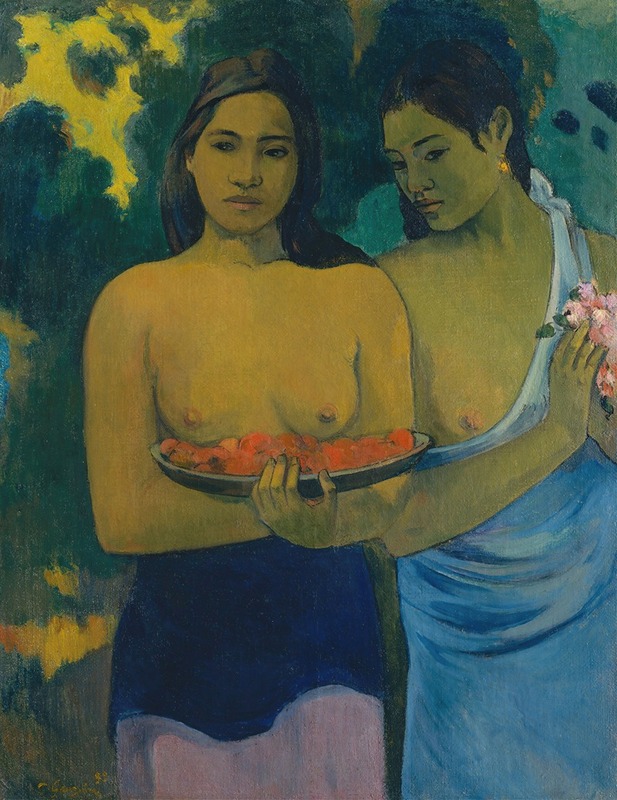
Two Tahitian Women
A hand-painted replica of Paul Gauguin’s masterpiece Two Tahitian Women, meticulously crafted by professional artists to capture the true essence of the original. Each piece is created with museum-quality canvas and rare mineral pigments, carefully painted by experienced artists with delicate brushstrokes and rich, layered colors to perfectly recreate the texture of the original artwork. Unlike machine-printed reproductions, this hand-painted version brings the painting to life, infused with the artist’s emotions and skill in every stroke. Whether for personal collection or home decoration, it instantly elevates the artistic atmosphere of any space.
"Two Tahitian Women" is an oil painting created by the French Post-Impressionist artist Paul Gauguin in 1899. This artwork is one of Gauguin's most famous pieces and is currently housed in the Metropolitan Museum of Art in New York City. The painting measures 37 inches by 28 7/8 inches (94 cm by 73.4 cm).
Paul Gauguin, born in 1848, was a leading figure in the Symbolist movement and is well-known for his bold use of color and synthetist style that were distinct from the Impressionist movement. Gauguin's journey to Tahiti in 1891 marked a significant turning point in his artistic career. Seeking to escape European civilization and "everything that is artificial and conventional," Gauguin moved to Tahiti to find a more "primitive" and "pure" way of life. His time in Tahiti profoundly influenced his work, leading to the creation of numerous paintings that depict the island's landscapes, people, and culture.
"Two Tahitian Women" features two native women of Tahiti, depicted in a serene and somewhat idealized manner. The woman on the left holds a flowering branch, while the woman on the right holds two mango blossoms. Both women are shown with bare breasts, which reflects Gauguin's fascination with the perceived natural and unspoiled beauty of Tahitian life. The background of the painting is composed of lush, tropical foliage, which adds to the exotic and tranquil atmosphere of the scene.
Gauguin's use of color in "Two Tahitian Women" is particularly notable. He employs a rich palette of warm tones, including deep reds, oranges, and yellows, which contrast with the cooler greens and blues of the background. This vibrant use of color is characteristic of Gauguin's style and serves to enhance the emotional and symbolic content of the painting.
The composition of "Two Tahitian Women" is also significant. The figures are arranged in a way that emphasizes their physical presence and connection to the natural world. The simplicity of their poses and the directness of their gazes create a sense of intimacy and immediacy, drawing the viewer into the scene. Gauguin's treatment of the human form is both stylized and expressive, reflecting his interest in non-Western art and his desire to break away from traditional European artistic conventions.
"Two Tahitian Women" is a testament to Gauguin's ability to blend elements of realism and symbolism to create a powerful and evocative image. The painting not only captures the beauty of Tahitian women but also reflects Gauguin's complex and often romanticized view of Tahitian culture. Despite the controversies surrounding Gauguin's life and his portrayal of indigenous peoples, his work remains influential and continues to be studied and admired for its innovative use of color, form, and composition.
In summary, "Two Tahitian Women" is a significant work in Paul Gauguin's oeuvre, exemplifying his artistic vision and his fascination with the culture and people of Tahiti. The painting's vibrant colors, serene composition, and expressive figures make it a compelling example of Gauguin's unique approach to art and his enduring legacy in the history of modern art.





